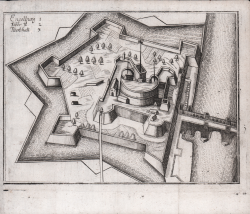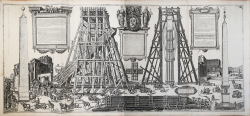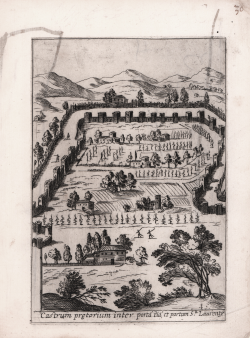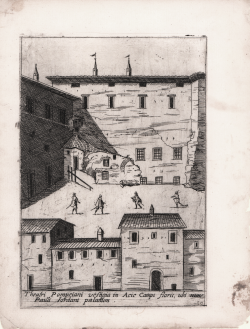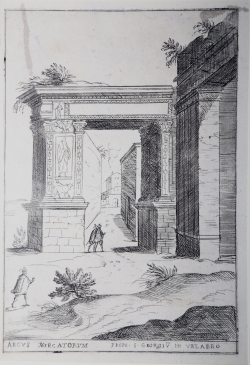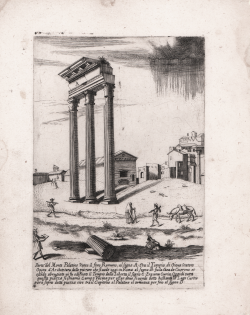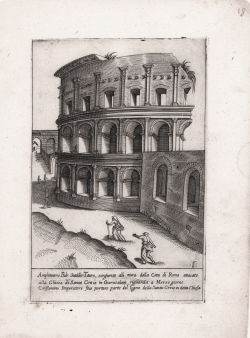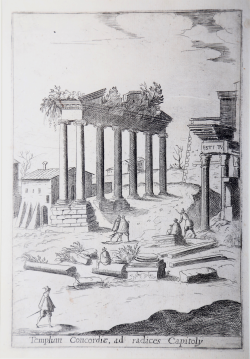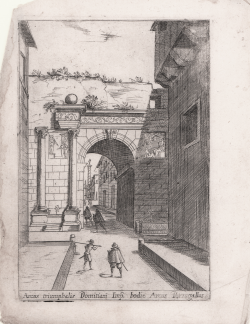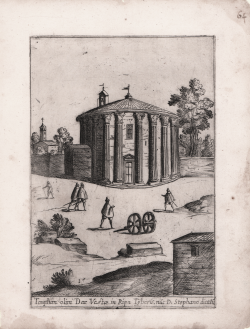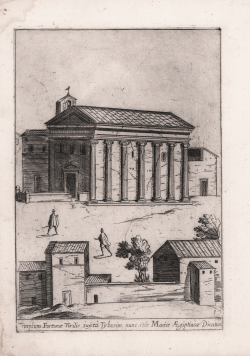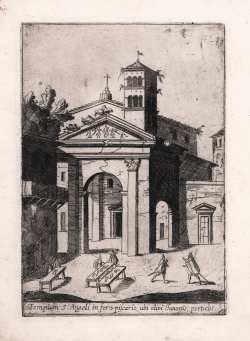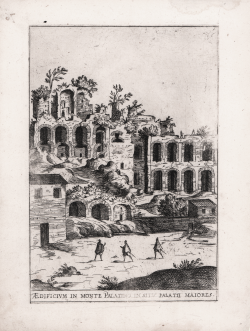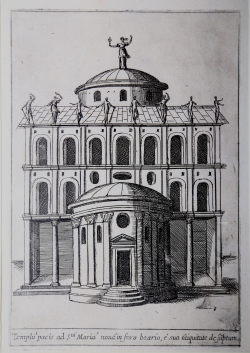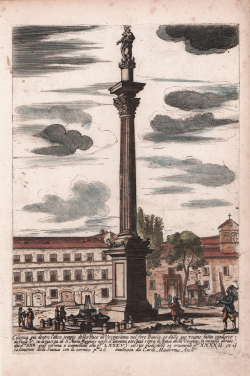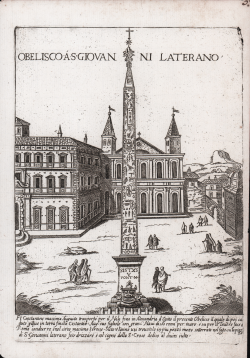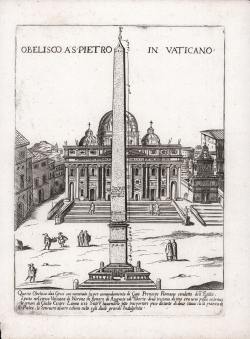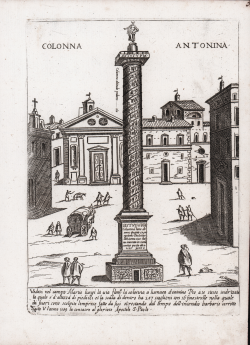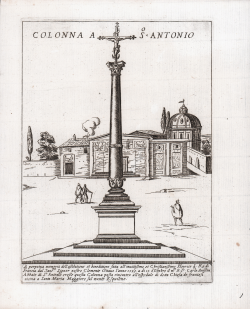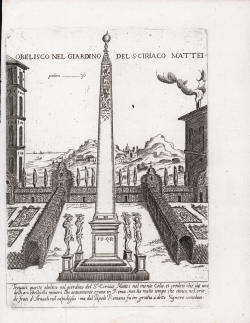Innalzamento Obelisco Vaticano
Natale BONIFACIO
Code:
CO-646
Measures:
1100 x 500 mm
Year:
1586 ca.
Printed:
Amsterdam
Castrum praetorium inter porta(m) Pia(m) et portam S (anc)ti Laurentij
Giovanni MAGGI
Code:
s34684
Measures:
142 x 207 mm
Year:
1600
Printed:
Rome
Theatri Pompeiani vestigia in Acie Campi floris, ubi nunc Pauli...
Giovanni MAGGI
Code:
s34683
Measures:
145 x 210 mm
Year:
1600
Printed:
Rome
Arcus Mercatorum prope S. Georgiu(m) in Velabro
Giovanni MAGGI
Code:
s34682
Measures:
145 x 210 mm
Year:
1600
Printed:
Rome
Parte del Monte Palatino verso il foto Romano…
Giovanni MAGGI
Code:
s34680
Measures:
123 x 187 mm
Year:
1600
Printed:
Rome
Amphiteatro Pub. Statilio Tauro..
Giovanni MAGGI
Code:
s34679
Measures:
127 x 191 mm
Year:
1600
Printed:
Rome
Templum Concordiae, ad radices Capitolij
Giovanni MAGGI
Code:
s34678
Measures:
142 x 207 mm
Year:
1600
Printed:
Rome
Arcus triumphalis Domitiani Imp. Hodie Arcus Portugallus
Giovanni MAGGI
Code:
s34676
Measures:
145 x 210 mm
Year:
1600
Printed:
Rome
Templum olim Deae Vestae in Ripa Tijberis nūc D. Stephano dicatū
Giovanni MAGGI
Code:
s34675
Measures:
143 x 209 mm
Year:
1600
Printed:
Rome
Templum Fortuna Virilis iuxta Tyberim nunc s.tae Mariae Aegiptiacae...
Giovanni MAGGI
Code:
s34674
Measures:
143 x 208 mm
Year:
1600
Printed:
Rome
Templum S. Angeli in foro piscario
Giovanni MAGGI
Code:
s34673
Measures:
147 x 208 mm
Year:
1600
Printed:
Rome
Aedificium in monte Palatino in situ Palatii Maiores
Giovanni MAGGI
Code:
s34672
Measures:
143 x 208 mm
Year:
1600
Printed:
Rome
Templū pacis ad S.tā Mariā novā in foro boario, e sua ātiquitate...
Giovanni MAGGI
Code:
s34670
Measures:
146 x 211 mm
Year:
1600
Printed:
Rome
Colonna... su la piazza di S. Maria Maggiore...
Giovanni MAGGI
Code:
S46436
Measures:
140 x 205 mm
Year:
1600 ca.
Printed:
Rome
Obelisco a S. Giovanni Laterano
Giovanni MAGGI
Code:
S48600
Measures:
150 x 215 mm
Year:
1600 ca.
Printed:
Rome
Obelisco a S. Pietro in Vaticano
Giovanni MAGGI
Code:
S48602
Measures:
155 x 215 mm
Year:
1600 ca.
Printed:
Rome
Colonna a S.o Antonio
Giovanni MAGGI
Code:
S48606
Measures:
155 x 215 mm
Year:
1600 ca.
Printed:
Rome
Obelisco nel giardino del S. Ciriaco Mattei
Giovanni MAGGI
Code:
S48607
Measures:
155 x 215 mm
Year:
1600 ca.
Printed:
Rome

